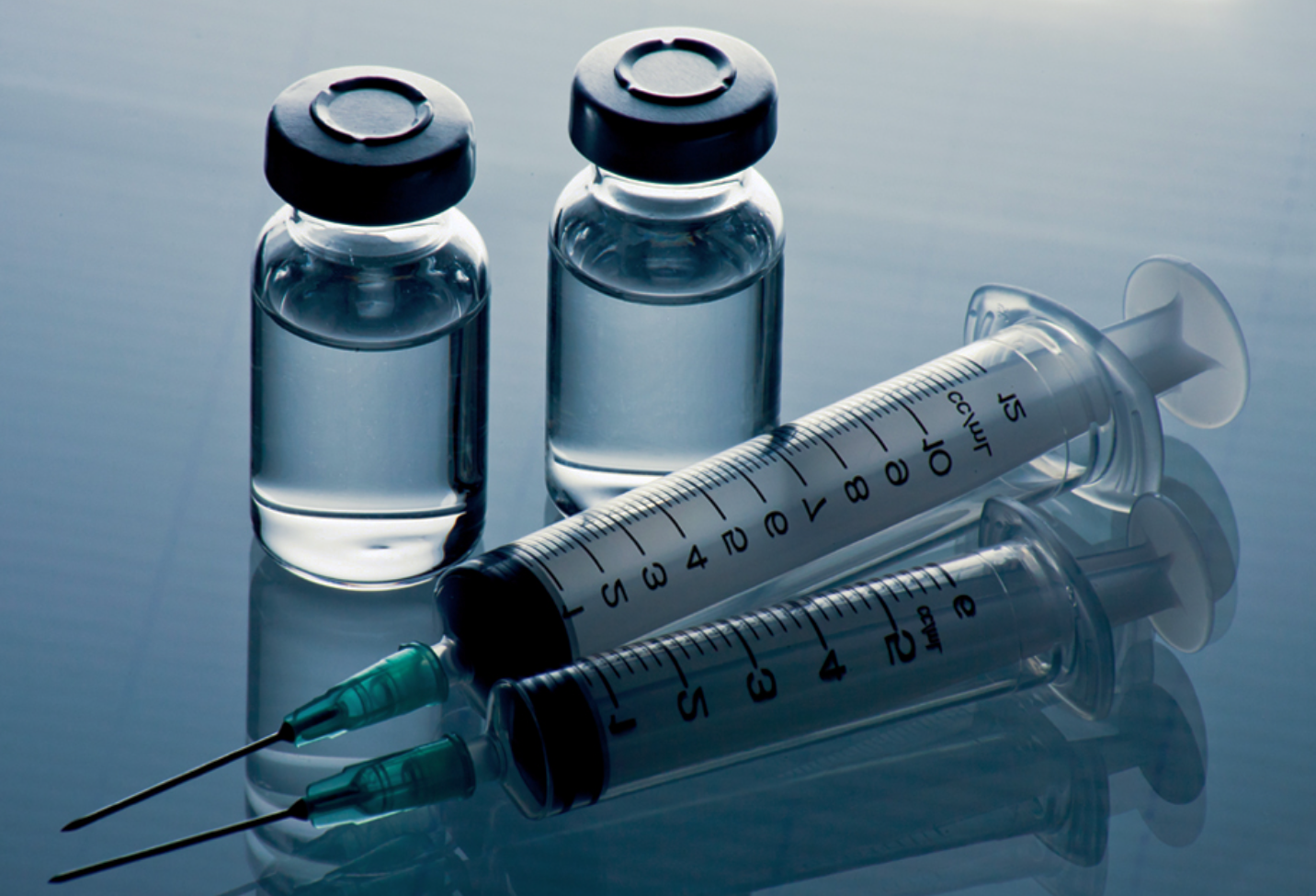6 ADVERSE REACTIONS
6.1 Clinical Trials Experience
Because clinical trials are conducted under widely varying conditions, adverse reaction rates observed in the clinical trials of a vaccine cannot be directly compared to rates in the clinical trials of another vaccine and may not reflect the rates observed in practice. Vaccine-related adverse reactions reported during clinical trials were assessed by the study investigators to be possibly, probably, or definitely vaccine-related and are summarized below.
Children 12 Through 23 Months of Age Who Received a Single Dose of ProQuad
ProQuad was administered to 4497 children 12 through 23 months of age involved in 4 randomized clinical trials without concomitant administration with other vaccines. The safety of ProQuad was compared with the safety of M-M-R II and VARIVAX given concomitantly (N=2038) at separate injection sites. The safety profile for ProQuad was similar to the component vaccines. Children in these studies were monitored for up to 42 days postvaccination using vaccination report card-aided surveillance. Safety follow-up was obtained for 98% of children in each group. Few subjects (<0.1%) who received ProQuad discontinued the study due to an adverse reaction. The race distribution of the study subjects across these studies following a first dose of ProQuad was as follows: 65.2% White; 13.1% African-American; 11.1% Hispanic; 5.8% Asian/Pacific; 4.5% other; and 0.2% American Indian. The racial distribution of the control group was similar to that of the group who received ProQuad. The gender distribution across the studies following a first dose of ProQuad was 52.5% male and 47.5% female. The gender distribution of the control group was similar to that of the group who received ProQuad. Vaccine-related injection-site and systemic adverse reactions observed among recipients of ProQuad or M-M-R II and VARIVAX at a rate of at least 1% are shown in Table 1. Systemic vaccine-related adverse reactions that were reported at a significantly greater rate in individuals who received a first dose of ProQuad than in individuals who received first doses of M-M-R II and VARIVAX concomitantly at separate injection sites were fever (≥102°F [≥38.9°C] oral equivalent or abnormal) (21.5% versus 14.9%, respectively, risk difference 6.6%, 95% CI: 4.6, 8.5), and measles-like rash (3.0% versus 2.1%, respectively, risk difference 1.0%, 95% CI:
4
0.1, 1.8). Both fever and measles-like rash usually occurred within 5 to 12 days following the vaccination, were of short duration, and resolved with no long-term sequelae. Pain/tenderness/soreness at the injection site was reported at a statistically lower rate in individuals who received ProQuad than in individuals who received M-M-R II and VARIVAX concomitantly at separate injection sites (22.0% versus 26.8%, respectively, risk difference -4.8%, 95% CI: -7.1, -2.5). The only vaccine-related injection-site adverse reaction that was more frequent among recipients of ProQuad than recipients of M-M-R II and VARIVAX was rash at the injection site (2.4% versus 1.6%, respectively, risk difference 0.9%, 95% CI: 0.1, 1.5).
![]()
If you can spare a few dollars for the creators of this website to continue their research to bring you more great content, any amount, no matter how great or small, would be greatly appreciated.
